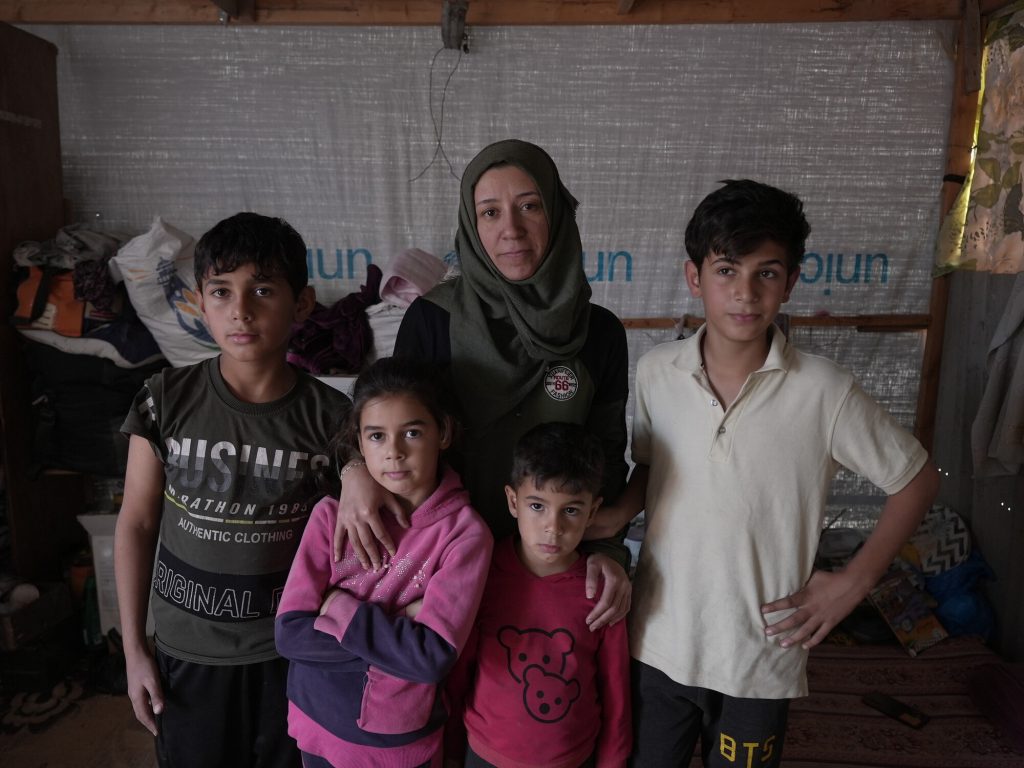Why the system for managing the world’s food and climate needs to be more like my car
by Duncan Green
When I get into my car in London, I step into a system designed to get me safely from A to B. It has seat belts, airbags, and an increasing number of electronic warning devices. The traffic system has rules – speed limits, highway codes, traffic lights, enforced by cameras and cops. In countries that have introduced such systems, the result is falling casualty rates, despite rising traffic volumes.
All this effort to ensure a safe traffic system, so you would think that much more elaborate mechanisms would be in place to ensure that the world fulfils the much more elemental task of feeding its people.
You would be wrong. Ahead of next week’s International Panel on Climate Change (IPCC) evidence on climate change and global hunger, a new report from Oxfam analyzes the state of readiness of the global food system, as it confronts a changing climate, and it arrives at some alarming conclusions.
Extreme weather events are in line with what scientists have been telling us to expect from a warming climate
Already this year there have been a number of record-breaking weather events around the globe, which have badly affected agriculture and the availability and affordability of food. In Brazil, the worst drought in a decade has ruined crops in the country’s breadbasket region – including the valuable coffee harvest, causing the price of coffee to shoot up by 50 per cent. In California the worst drought in over 100 years is hitting the state’s agricultural industry, which produces nearly half of all the vegetables, fruits and nuts grown in the US.
These extreme weather events are in line with what scientists have been telling us to expect from a warming climate. Leaked drafts of the IPCC report conclude that the impact of climate change on global hunger will be worse than previously reported, and severe impacts will be felt in current, not future, generations– in the next 20–30 years in the poorest countries.
According to the IPCC, net global agricultural yields are likely to decrease by up to 2% per decade due to climate change, while demand for food (driven by rising affluence and populations) will rise by 14% a decade. It doesn’t take a climate scientist to realize that these numbers don’t add up.
The gaps in preparedness are driven by poverty, power and politics
The Oxfam stress test for a ‘hot and hungry’ global food system rates 10 critical areas of national and global food and climate policy: funding for adaptation to climate change (a hot topic in the UK following recent floods); social protection programmes for the most vulnerable groups; humanitarian aid for food crises; food reserves; support for women farmers; public investment in agriculture and related research; crop insurance and weather monitoring.
Across all ten areas, the stress test found a serious gap between what is happening and what is needed. These gaps in preparedness are driven by poverty, power and politics. While many countries – both rich and poor – are inadequately prepared for the impact of climate change on food, it is the world’s poorest and most food insecure countries that are generally the least prepared for and most susceptible to harmful climate change.
But it doesn’t have to be like this. Countries such as Ghana, Viet Nam and Malawi are bucking the trend, enjoying far higher levels of food security than countries such as Nigeria, Laos and Niger, which have similar levels of income and face comparable magnitudes of climate change. A key difference is that Ghana, Viet Nam and Malawi have already taken action on some of the 10 key policy and practice measures highlight in the report.
Oxfam is calling for urgent action by governments, business and individuals to stop climate change making people hungry. This includes building people’s resilience to hunger and climate change, rapidly cutting greenhouse gas emissions, international action on climate change, and political and personal action at an individual level.
It’s a tall order, the alternative hardly bears thinking about. Unless we act now, we face a species climate crash of horrific proportions.
And here’s the inevitable infographic:
You may also like
Oxfam’s Report – Hot and Hungry – How to stop climate change derailing the fight against hunger
Together, we can win the fight against hunger – Join us
Duncan Green is Oxfam Great Britain Senior Strategic Adviser.
This blog originally appeared at blogs.oxfam.org

